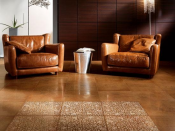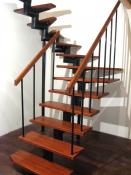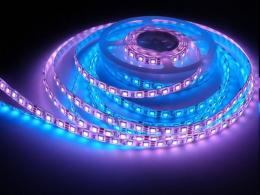Search
Login
Recommended
What is LED strip, where is LED strip used, how to choose the right one
In time immemorial, the only sources of artificial light radiation were considered chandeliers and lamps, the fundamental link of which were incandescent lamps. But in view of their main drawback, which consists in converting the main amount of energy into thermal radiation, today there is a tendency to a gradual abandonment of this type of emitters. But innovative technologies supplant obsolete developments, and places on store shelves began to take the fruits of recent projects, according to which the whole world begins to switch to previously unexplored, energy-saving technological solutions. And in this case, LED lamps are meant.
Content
- What is an LED strip? Design features video
- Key Features of LED Strip
- Scope of application of LED strip. LED strip in the interior
- How to connect LED strip? Mounting Features video
What is an LED strip? Design features
LEDs are recognized as the fruit of recent developments regarding energy-saving technologies that enable consumers to get a new alternative to incandescent lamps. LED technological solutions allowed to expand the lighting design of the room and helped to realize the most unexpected ideas. The main mounting solution was the LED strip, which will be discussed in this article.
An LED strip is a constructive mechanism consisting of a flexible printed circuit board, supplemented by a self-adhesive base and built-in LEDs with a deliberately calculated interval, characterized by a variety of color glow: from warm white to multicolor. The rapid entry of this structural element of electrical engineering into the life of an uninformed consumer was marked by the widespread use of this mounting and lighting solution in many areas of design art: from lighting a ceiling surface to developing lighting projects for baseboards and other hard-to-reach spots.
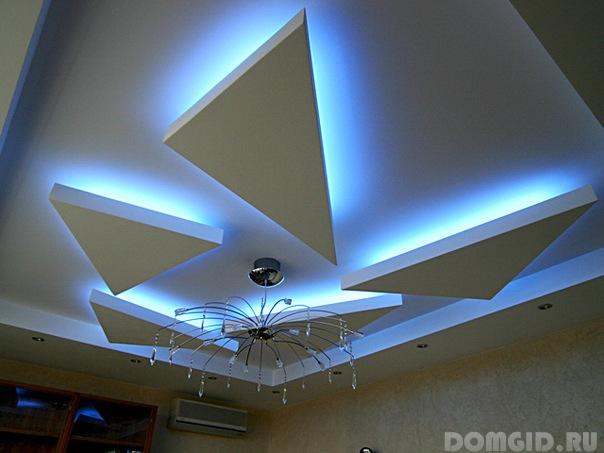
But before characterizing the main areas of application of this installation innovation, it is recommended to deal with the operational and lighting performance of LED strip, as well as its fundamental advantages and negative points.
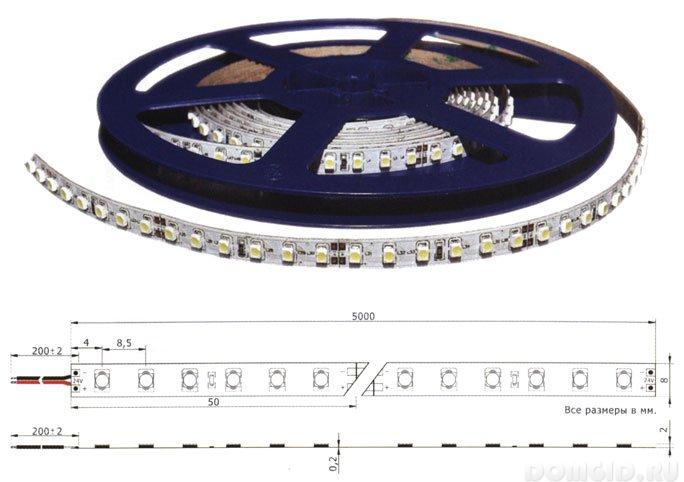
Key Features of LED Strip
What should be a high-quality LED strip? Its main characteristics are as follows:
1. Moisture-proof: its use is mainly practiced in places with a high level of humidity;
2. The basis of the LED strip may be a self-adhesive base. The lack of a self-adhesive base is not a disadvantage of LED strip, but is only considered a different mounting solution;
3.Color variety of glows: it can be single-color or multi-color, if the mounting solution of the LED strip involves the use of an RGB controller.
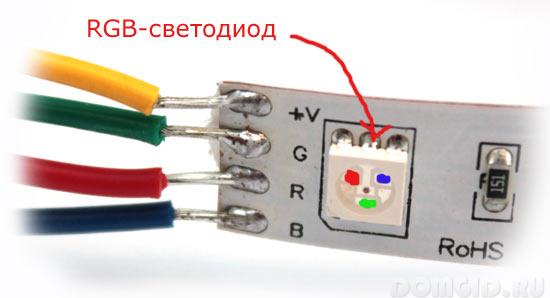
Characterizing an LED strip, a number of advantages can be noted, the fundamental of which are:
1. Small power contributes to reduced power consumption and economic benefits;
2. Long service life unlike other light sources;
3. The flexibility of the base and the ability to choose a tape of a certain length, which contributes to the creation of various configuration solutions and is a significant mounting advantage;
4. High efficiency, the reason for which is the lack of thermal effect.
Scope of application of LED strip. LED strip in the interior
Features of the installation of LED strip imply its application in various sections of design art.
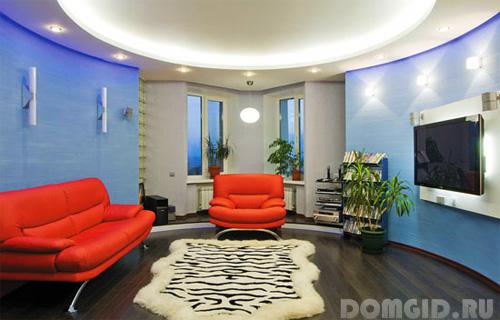
LED lighting in the interior helps to transform a boring environment and allows you to diversify it by creating specific effects that ordinary incandescent lamps are not able to create. With the introduction of LED strips into our lives, it became possible to create entire decorative niches that pass from wall to ceiling and are decorated with the radiation of LED lamps. Decoration of suspended and suspended ceilings, furniture, baseboards and smaller design elements such as photo frames, panels and mirrors has also become available.
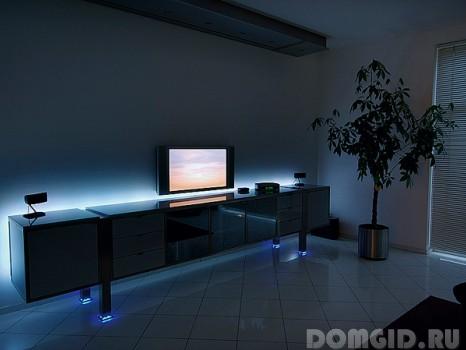
Thanks to high-quality protection against moisture, the LED strip can be used for decorative decoration of interior elements, characterized by free access to moisture, for example, to highlight furniture at the floor level. Using it in such places, you can not be afraid for a decrease in the level of its operational characteristics, because it is not for nothing that the LEDs are used to illuminate the water in the jacuzzi and pools.
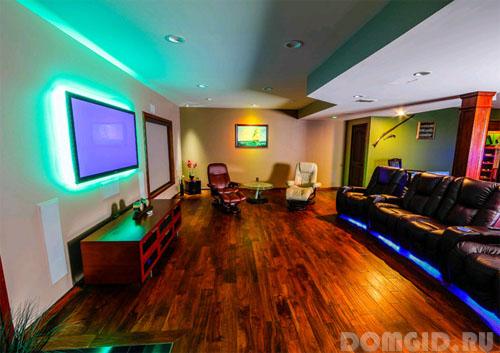
A common way of decorating is the organization of the original lighting of furniture, including kitchen cabinets and other interior elements. Due to the flexibility of the LED strip and the ability to program a variety of light shades with the participation of a specialized controller, it is possible to organize LED illumination of transparent glass inserts located on the doors of the kitchen unit or wardrobe, which will allow you to easily find the right thing. Illumination of a mirror or a coffee table is also possible to build using an LED strip.
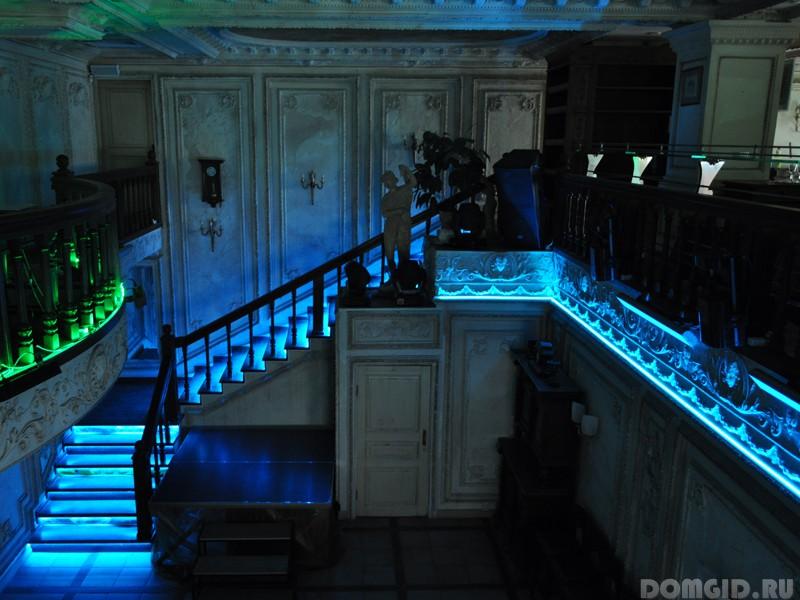
How to connect LED strip? Mounting Features
How to connect LED strip?
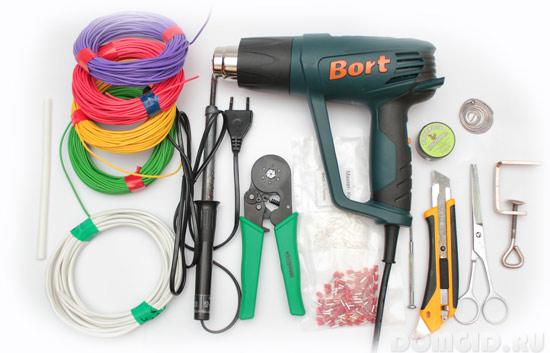
Any owner who does not have a technical education is faced with this question. But this is not scary, because to connect an LED strip, it is absolutely not necessary to have special electrical skills. But, nevertheless, for the effective connection of a new miracle of electrical engineering, it is necessary to know certain requirements for the correct installation of LED strip.
To begin with, the connection of the LED self-adhesive tape to the AC mains, the voltage of which reaches 220 volts, is simply excluded. The described light sources can only function with a voltage of 12 or 24 volts, which can be achieved by connecting the LED strip through the power supply. Carrying out the specified procedure, it becomes possible to reduce the input voltage level, which protects the LED elements from voltage surges and subsequent combustion.
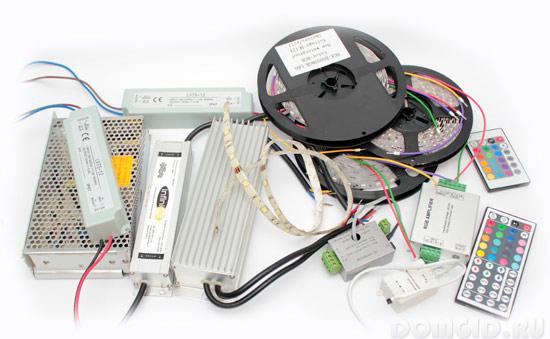
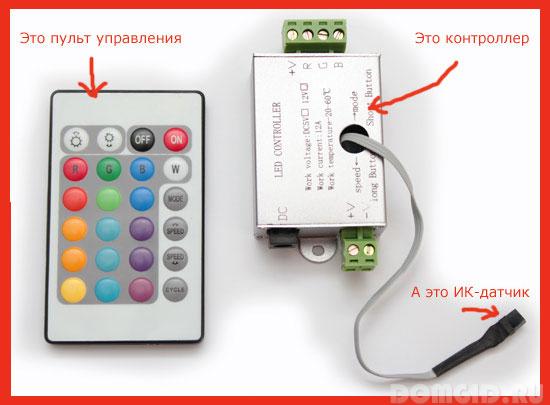
When choosing a power supply for an LED strip, it is important to know that its power in total should be equal to the total power of all LEDs plus a margin of 20%. It is the specified power level that will ensure uninterrupted operation and optimal power supply of the LED strip and the backlight based on it.
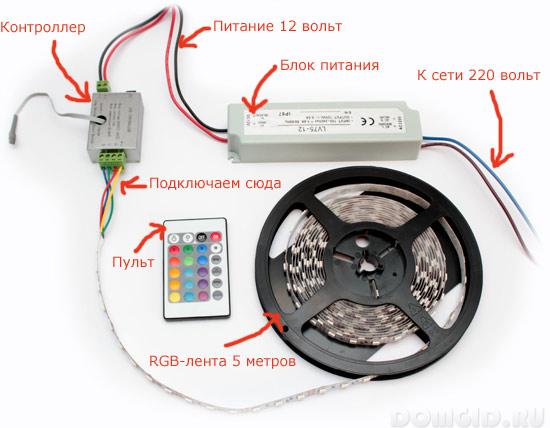
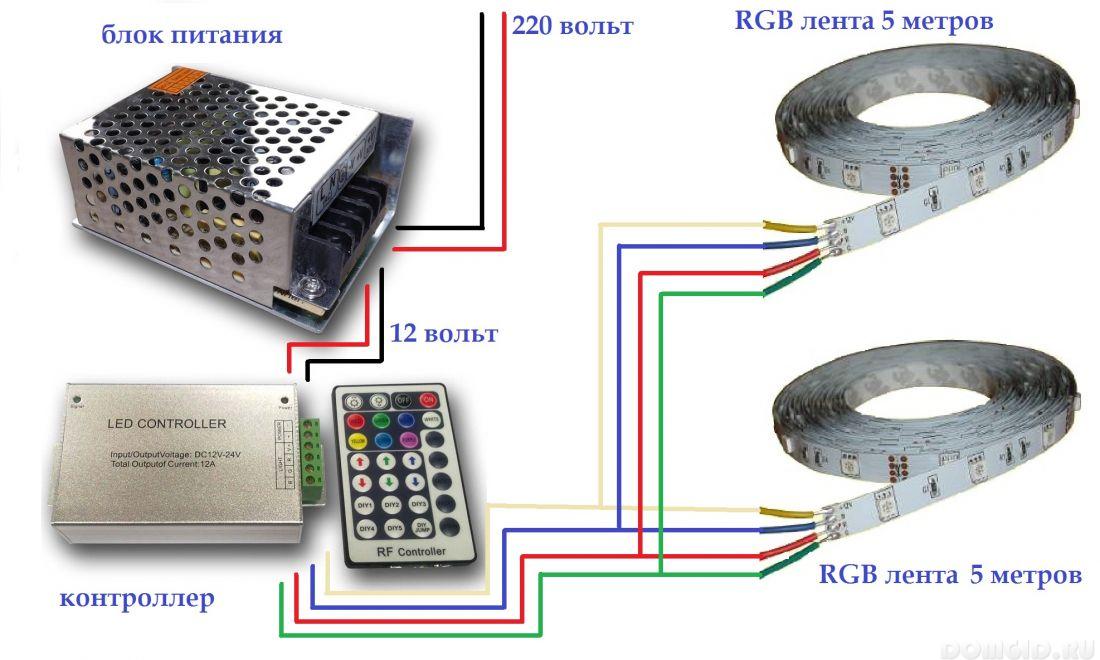
If you decide to mount the backlight on the basis of the LED strip, then it will not hurt you to familiarize yourself with the sequence of actions that must be observed when equipping it:
1. Firstly, it is recommended to determine the required length of the LED strip;
2. Secondly, correctly determine the required power and choose a power supply for the LED strip, which will help sellers-consultants to the stores where you purchase LEDs;
3. High-quality installation of backlight based on LED strip;

4. And, in conclusion, connect the LED strip to the power supply.
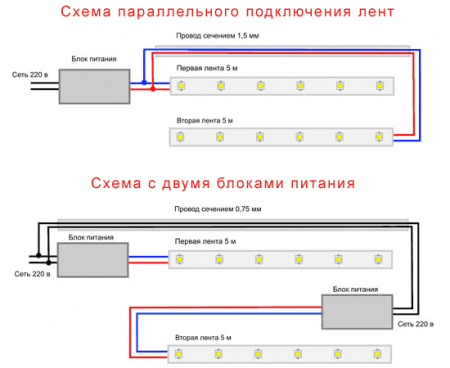
Often, the installation of an LED strip is carried out at the ceiling level, and the tape itself must be placed in the ceiling niche made of drywall. When connecting the tape, you need to know that the tape has both input and output, and the input voltage is at 220 volts. Given this, in the niche of the ceiling, it is necessary to position the power supply, which is designed to reduce the input voltage. The output terminal must be used to connect the tape, otherwise the power supply may be damaged.


